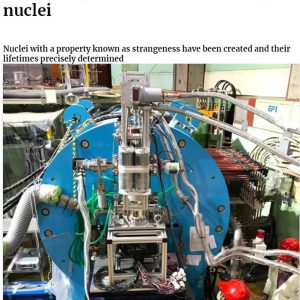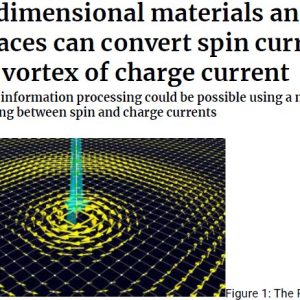
Application of Electrochemical Noise to Investigate Role of Microstructural Evolution on Inhibiting Stress Corrosion Cracking of Ti–6Al–4V Weldment
₩4,000
Using the electrochemical noise method, this paper studies the effect of microstructure of weld seam on the stress corrosion
cracking behavior of Ti–6Al–4V alloy weldment. Local rapid induction heating can significantly change the microstructure,
and the acicular α′ martensite phase in the weld seam is decomposed into lathy α phase and transformed β phase. The higher
heat temperature leads to more transformed β phase and less lathy α phase. The mechanical properties and stress corrosion
cracking sensitivity during the slow strain rate tensile test are significantly affected by the microstructure of weld seam,
which are improved with the decomposition of acicular α′ martensite and decrease of lathy α phase content combined with
increase of transformed β phase content. Compared with the non-treated sample, the induction heating enhances the corrosion
resistance of the sample and delays the occurrence time of localized corrosion during the slow strain rate tensile test. The
higher corrosion resistance and the later occurrence time of localized corrosion are caused by the higher induction heating
temperature. The microstructural evolution of the weldment significantly inhibits the stress corrosion cracking process.





상품평
아직 상품평이 없습니다.